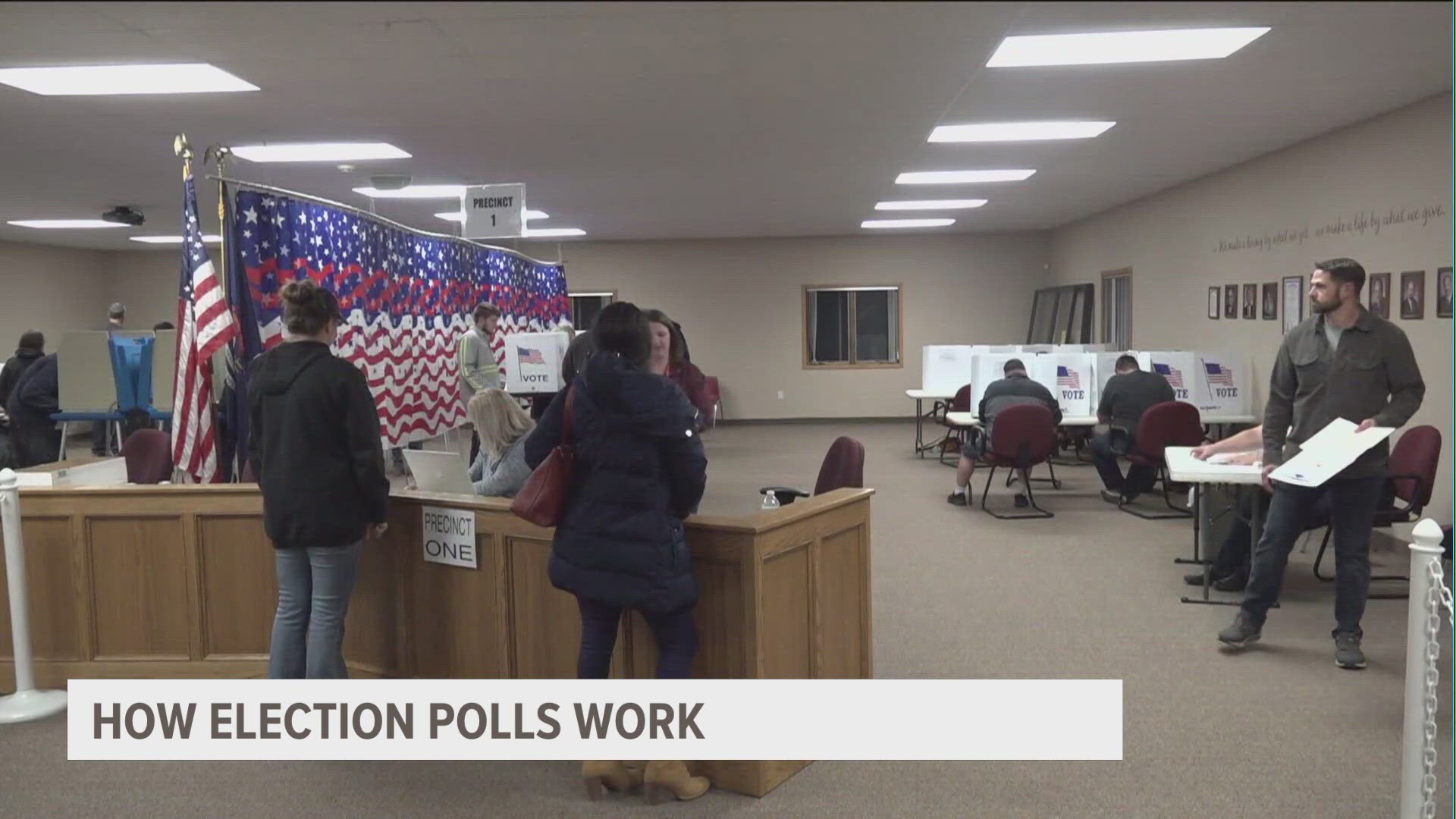GRAND RAPIDS, Mich. — With Election Day fast approaching, many people may be looking to the most recent polls to see where Former President Donald Trump and Vice-President Kamala Harris stand among voters.
Professor Doug Koopman from Calvin University and Matt Grossmann, director of the Institute for Public Policy and Social Research at Michigan State University, gave their insights on the best way to navigate the numbers.
Grossmann said there's no single way public opinion polls are conducted, but telephone calls, texting and online methods are all ways researchers seek out information from likely voters.
"They want to get different age groups and they understand that different generations and different people communicate differently," said Koopman.
According to Koopman, the most reliable polls reach people using a variety of methods.
Both professors said the objective of polls is to get an idea of what Election Day could look like among voters and to find other trends as well.
Typically surveying a few hundred to around 1,000 voters, pollsters will weigh the results to account for demographics that are less likely to respond to surveys.
"All polls weight by a series of at least demographic factors, usually including things like age, race and education, because, for example, we know that older, white, educated people are more likely to respond to polls," said Grossmann. "What that means is that the responses of the young people who do respond are weighted up compared to the responses of the older people."
Koopman said since the 2016 and 2020 elections, pollsters are also looking to survey those who are more likely to cast their ballot in November by looking at past voter history.
Both professors said that even the best polls have a margin of error of two to three percentage points either way for both candidates.
Grossmann said people should also double the margin of error to account for other possible factors.
"The fact that we could get the wrong population willing to respond to surveys, the fact that we could get who's going to vote incorrect. All of those things mean that we have additional error," said Grossmann.
However, Grossmann and Koopman said that polls are still important sources of information even when candidate numbers are neck-and-neck. They said people should look at several polls and find their averages, along with taking note of trends that happen over time.
"A trend of change is something to pay attention to," said Koopman. "If Trump seems to be up or Trump seems to be going down, or Harris up, or Harris down as a trend from the same pollster over the couple of weeks, that's probably pretty reliable."
"There are reasons to take public opinion surveys, and sometimes the results are clear," said Grossmann.
He said outside of presidential races, opinion polls can be used in cases such as getting public opinion on issues being discussed in congress.
"It absolutely is important for us to figure out who the voters were, who changed sides or haven't, have changed their positions over time," Grossmann added. "Survey work can be quite important. It can show important trends."

